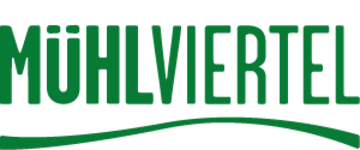Going blue and discovering tradition
Have you ever been blue on a Monday? Where does this expression actually come from? Every Monday, the master dyer would dip his cloth into a vat of indigo dye to colour it. The linen, which was initially yellow, was left to dry in the air and then turned green and finally blue. To kill time, the dyers liked to go to the pub next door for a beer. "Are you dyers not working again today?" the guests there often joked. The answer: "Yes, we're going blue today, it's Blue Monday". The saying "experience a blue miracle" also has a similar origin.
Technically speaking, the term blue printing is not accurate, as blue is not used for printing, but for colouring. Printing is done with a reserve, the cardboard. The printing of this colour-repellent mass with wooden models in the dye bath means that the patterns printed with it do not take on the colour. The indigo-dyed linen is then washed out and the pattern appears white on a blue background.
Papp is comparable to the wax used in the batik technique and its recipe is not revealed by any blue printer, only passed down from generation to generation within the family.
After printing, the fabric must be left to dry for up to 4 weeks before it can be dyed. The fabric coming out of the dye bath still has to oxidise in the air. In between, a stick is beaten between the lengths to prevent them from clapping together. This colours the linen from green to blue. "Beating someone green and blue" is derived from this dyeing process.
Guests of the Dyeing Museum Gutau or the Wagner blue printing works learn more about the history and tradition of dyeing and hand blue printing. The museum in Gutau is housed in a historic dyer's house, where work was carried out until 1968. The craft itself has been based in the Mühlviertel since the 18th century - and so has the building itself. Today, the Wagner blue printing works is run by the 3rd and 4th generation of the family. Products are made from blueprinting materials in a wide variety of ways. This tradition can be experienced at first hand during a guided tour. Experience up close is also the keyword in the Zeugfärberei in Gutau. Housed in the old school, directly opposite the dyeing museum, you can dye and print at will in the experimental workshop every last Sunday of the month or try out various techniques in selected workshops.
The annual dyers' market takes place in Gutau at the beginning of May. Blue printers, linen weavers and artisans from Austria, Germany and the Czech Republic present their products. A colourful supporting programme with music, dance and culinary delights promises a varied day!
Kontakt
Färbermuseum GutauSt. Leonharder Straße 3
4293 Gutau
Phone +43 7946 6255-30
E-Mail info@faerbermuseum.at
Web www.gutau.at/tourismus-freizeit/faerbermuseum.html
Handblaudruck Wagner
Kurhausstraße 11
4180 Bad Leonfelden
Zeugfärberei
St. Leonharder Street 4
4293 Gutau
